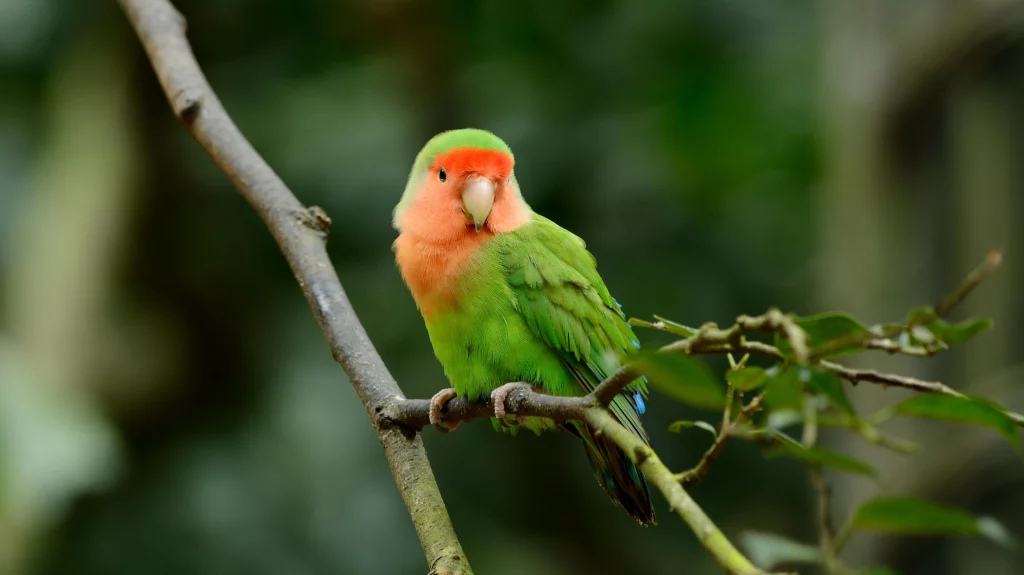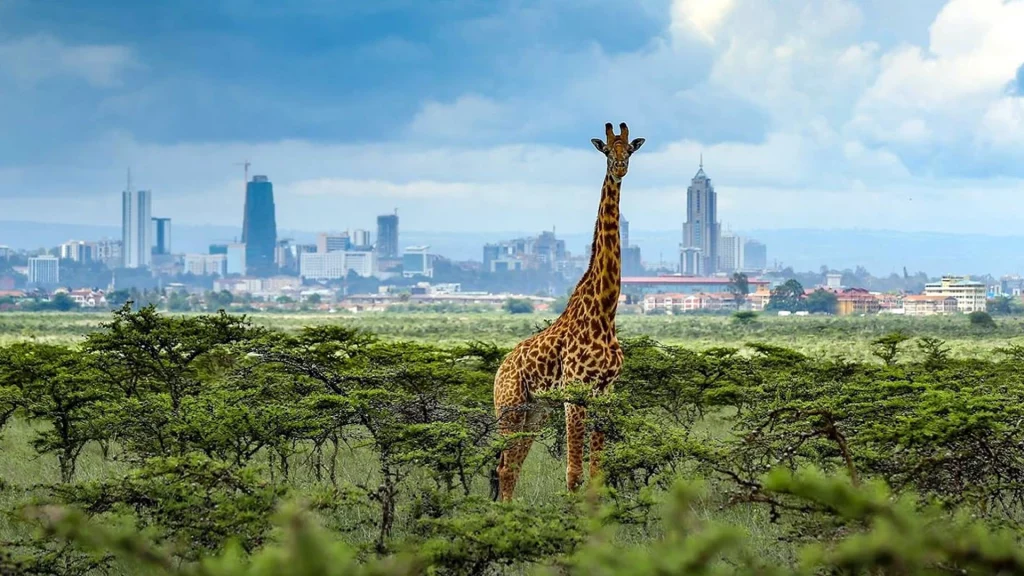According to a new report by the Intergovernmental Science-Policy Platform on Biodiversity and Ecosystem Services, the unsustainable use of plants and animals threatens not only the survival of one million species worldwide but also the livelihoods of billions of people who depend on wild species for food, fuel, and income (IPBES).
In the IPBES Assessment Report on the Sustainable Use of Wild Species, 1 in 5 people worldwide depend on wild species for food and income, while 2.4 billion people use wood as fuel for cooking.
“Sustainable use is when biodiversity and ecosystem functioning are maintained while contributing to human well-being. By continuing to use these resources unsustainably, we are not just risking the loss and damage of these species’ populations; we are affecting our health and well-being and that of the next generation.”
Subscribe to our youtube Channel at Switch TV
The report also demonstrates how crucial it is for native people to be granted tenure rights over their property because they have a deep appreciation for wild animals and know how to utilize them responsibly.
Here are five groups of species you may not have known were endangered, out of the one million species currently in danger.
Giraffes
As a result of their greater ability to produce meat for sale and consumption, large-bodied mammals are predictably the species that are most frequently targeted for subsistence and commercial hunting.

Giraffes are one of these endangered mammals. Four species and eight subspecies of giraffes, with population sizes that vary widely, are still found in the wild today, numbering about 68,000.
In contrast to the approximately 45,000 Masai giraffes still living, there are only about 600 West African giraffes surviving in the wild. As a result of irresponsible wood harvesting practices and rising demand for agricultural land, giraffe habitat degradation and loss are the primary contributors to the species’ population decline. Additionally, there is a market for giraffe skin, bones, and ornaments.
Elephants

The World Wide Fund for Nature (WWF) has warned in a new campaign fundraiser that the African elephant would go extinct within two decades if immediate action is not taken to conserve one of the most iconic animal species in the world.
According to the non-profit, the illegal ivory trade is the main cause of elephant poaching and has resulted in a 70% fall in the population of these elephants, the largest animal now roaming the planet. In actuality, 20,000 elephants every year are killed to support this trade, which works out to one death every 26 minutes.
Cacti
According to the report, many plant species are in danger as a result of unsustainable harvesting, including cactus, which struggle with challenges like habitat loss and the illicit plant trade.

The 2015 International Union for Conservation of Nature (IUCN) estimates that 31% of the world’s 1,500 species of cactus are endangered. Cacti are subject to a variety of dangers, including horticulture, private collection, use as food and medicine, and the production of anti-inflammatory roots for some species.
Parrot
More than 1,000 species of birds, reptiles, fish, and mammals are transported for personal and commercial usage as pets, according to the research.

The number of animals traded is in the millions, although the total cash value of species traded as pets is less than 1% of the trade in wild species. For instance, between 1975 and 2016, 321 species of parrots with CITES listings totalling 16 million live birds were trafficked internationally.
Due to logging and agriculture-related habitat loss, parrots are also in danger. 116 of the 375 parrot species in the world are classified as vulnerable, endangered, or worse on the IUCN Red List.
Seaweeds
One of the best survivors in the world is the seaweeds, some of which can be dated back 1.6 billion years.

Seaweeds are essential components of marine ecosystems because they offer homes and food to marine life, while larger seaweeds, like kelp, serve as fish nurseries underneath. Seaweeds can be used for a variety of purposes, including soil fertilization, animal and fish feed, and biomass for both food and fuel.
They are particularly crucial in the fight against climate change because they cover 9% of the ocean’s surface and store a significant quantity of carbon. Mechanical dredging, increasing sea temperatures, and the construction of coastal infrastructure are all contributing to the decline of seaweed.
Oak Trees
The world’s trees are in danger from several factors, including logging, deforestation for agriculture and industry, the use of firewood for cooking and warmth, and climate-related dangers like wildfires.

According to the IUCN Red List, 41% of the world’s 430 oak species are of conservation concern, with an estimated 31% facing extinction due to deforestation for agriculture and cooking fuel. Mexico has the most endangered oak species (32), followed by China (36), Vietnam (20), and the United States (16).
















